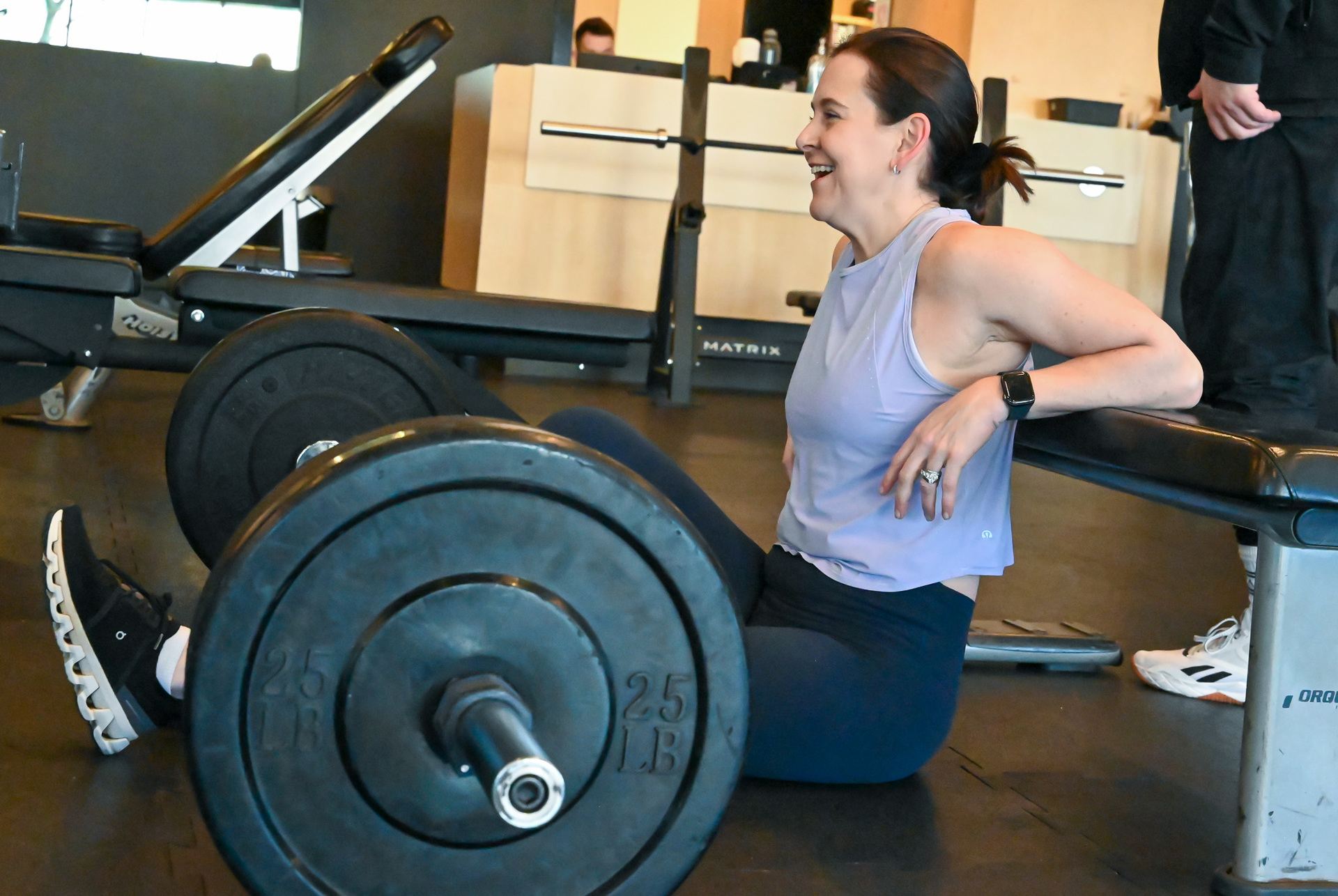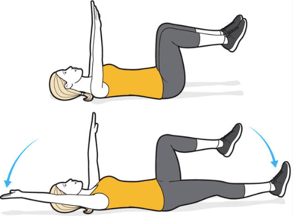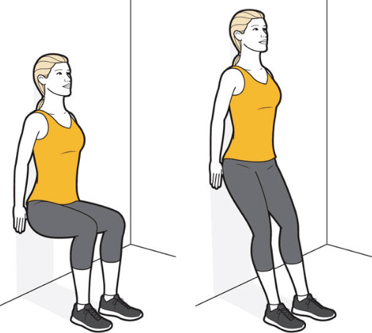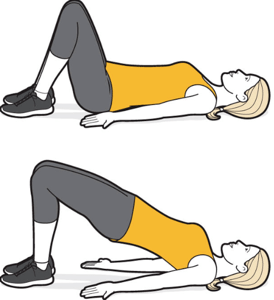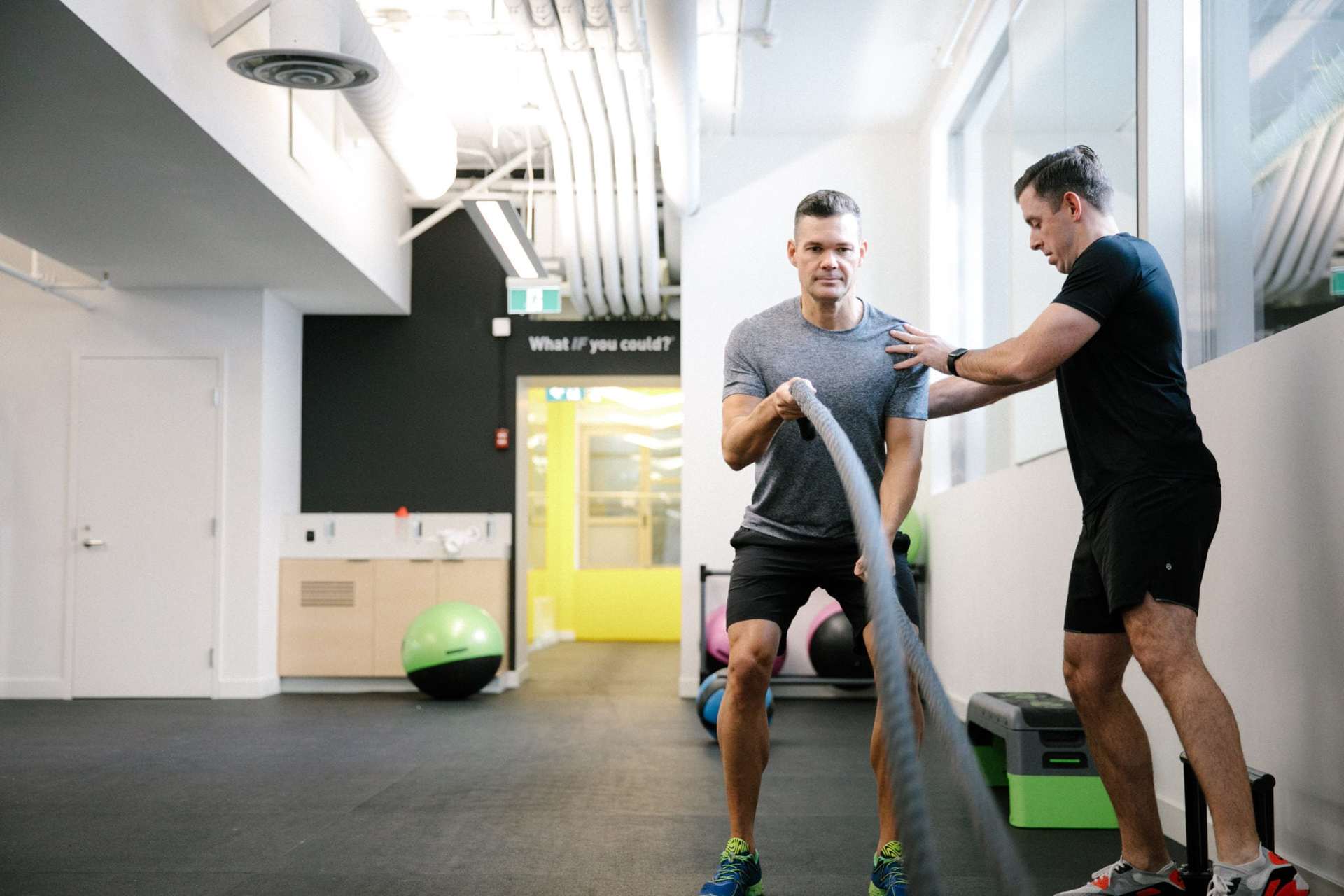Training the Hidden Muscles: Pelvic Floor Exercises for Core Strength
When you think about your typical training session, what does it look like? Strength training? Full-body conditioning? Endurance work for that marathon you signed up for? When we think about training muscles, most of us focus on the major ones—quads, hamstrings, glutes, abdominals, and biceps. These muscles tend to show more visible results, especially with hypertrophy training, but what about the deeper, often-overlooked muscles of the pelvic floor? Just because we can’t easily see or feel them doesn’t mean they don’t need training! That’s why we’re sharing our recommended pelvic floor exercises to help you build strength, stability, and long-term core health.
What are the pelvic floor muscles and why should I train them?
The pelvic floor consists of a network of muscles and connective tissue that support key internal organs, including the bladder, intestines, and uterus. Just like any other muscle group, the pelvic floor requires regular training to maintain strength and function.
Factors such as pregnancy, childbirth, surgery (like a hysterectomy), aging, and even high-impact sports can weaken these muscles over time. The best approach is to train these muscles before pregnancy to build strength and resilience, but even after pregnancy or injury, targeted exercises can help restore function and prevent further issues.
A weak pelvic floor can lead to problems such as urinary incontinence, lower back pain, and decreased core stability. Strengthening these muscles can:
- Reduce the risk of incontinence as you age
- Improve core strength, posture, and stability
- Enhance sexual health and function
How do I know if I’m engaging the right muscles?
Because pelvic floor muscles are deep within the body, they can be tricky to activate correctly. One way to identify them is by imagining that you’re stopping the flow of urine midstream (although it’s not recommended to actually do this frequently).
Another effective method is biofeedback therapy, which some physiotherapists offer. Electromyography (EMG) biofeedback measures muscle activity in the pelvic floor to help ensure you’re engaging the right muscles during training.
Three Key Exercises to Strengthen the Pelvic Floor
The key to effective pelvic floor exercises is slow, controlled movements with proper timing of contraction and relaxation. Below are three exercises that not only strengthen the pelvic floor but also engage the core, lower back, and stabilizing muscles for a well-rounded approach to functional movement.
- Dead Bug Crunch: This dynamic core exercise strengthens the abdominal muscles, lower back (erector spinae), and pelvic floor. Start by laying on your back with your arms extended and legs at a 90 degree angle. Inhale and engage your pelvic floor muscles as you lower your right arm and right leg to the floor. Pause and release your muscles as you draw your arm and leg back to the staring point. Repeat with left arm and left leg. Complete 8 reps each side, rest for 1 minute and then complete another set of 8. Important: only lower your leg as far as you can before your back starts to curve. Keep your lower back muscles engaged and pressed into the floor.
- Wall squat: This exercise improves pelvic floor strength while promoting stability and lower-body endurance. Start by standing against a wall with your feet hip-width apart. Inhale and engage your pelvic floor muscles as you lower into a squat (glutes should not be engaged). Hold for 5 seconds and then release these muscles as you rise back up into a standing position. Rest for 10 seconds and repeat 10 times.
- Bridge: A classic glute and core stability exercise that also engages the pelvic floor muscles. Lie on your back with your knees bent and feet hip width apart. Inhale and engage pelvic floor as you lift your hips up toward the ceiling. Hold for 5 seconds and then relax the muscles as you lower hips back down. Repeat 10 times.

